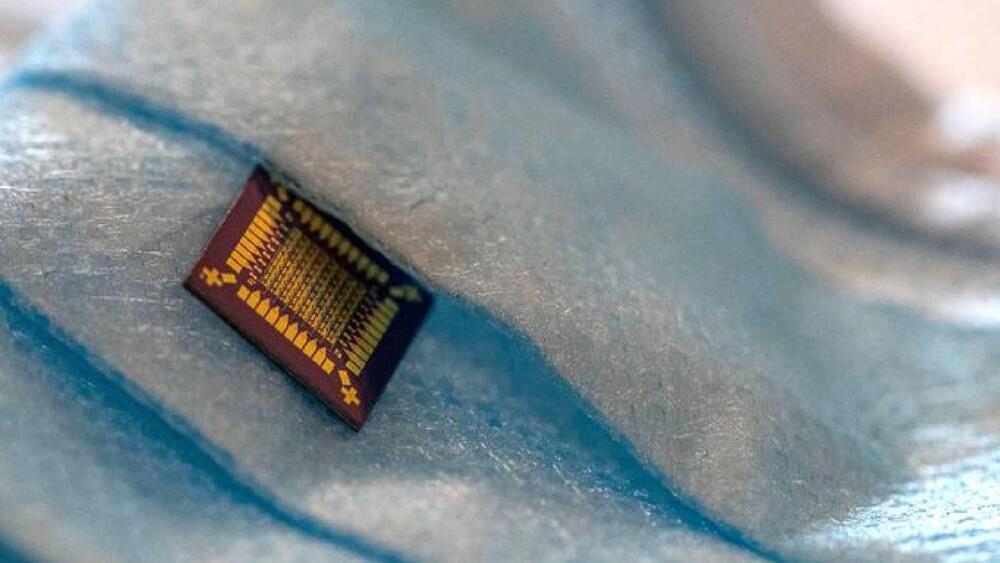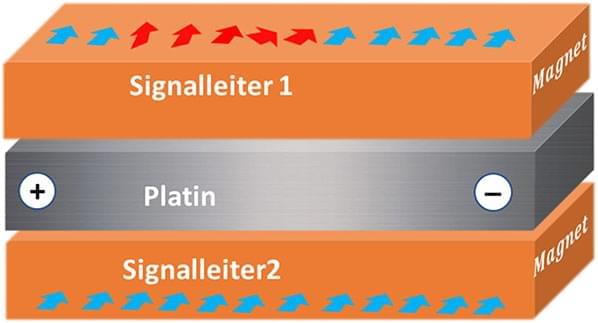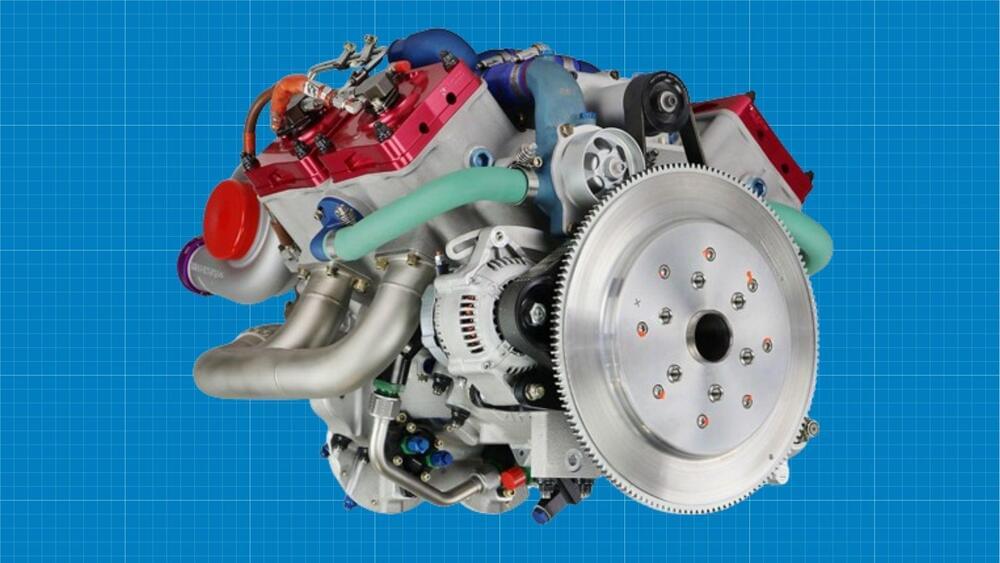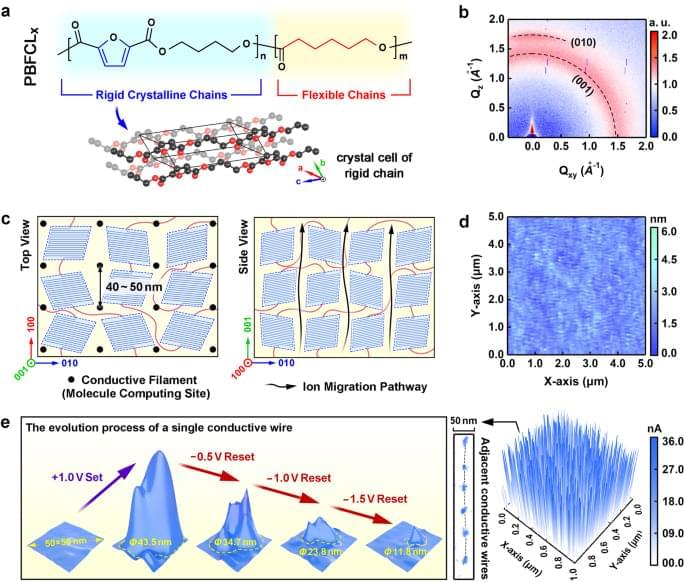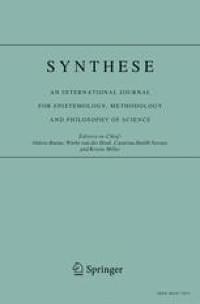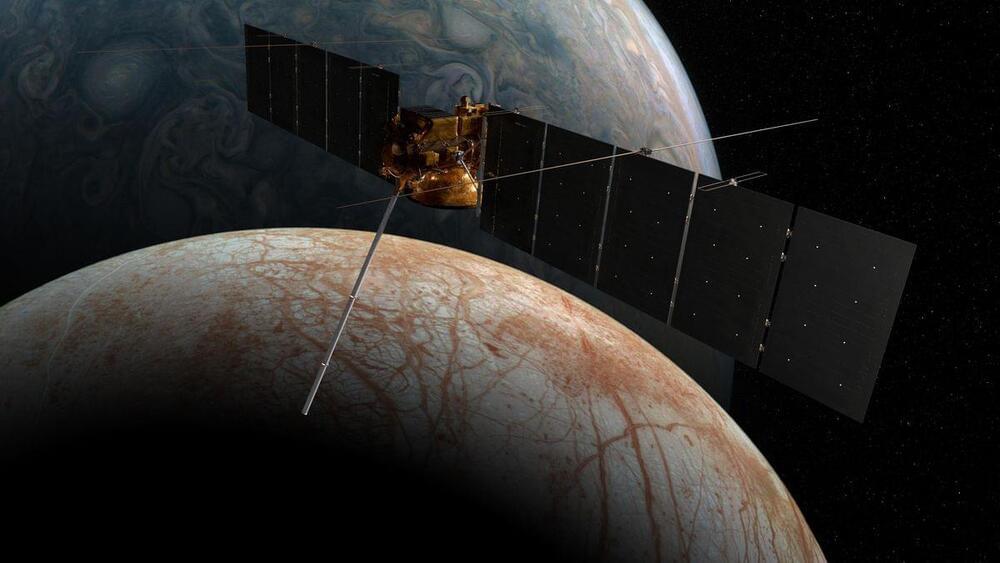Nov 27, 2023
Part-biological transistors change and adapt like living tissue
Posted by Dan Breeden in categories: biological, computing
Fio Omenetto, Silklab, Tufts University.
Transistors were a pivotal innovation in the evolution of electronic technology, and they have played a critical part in the miniaturization and advancement of electronic equipment. However, they could be even better.
